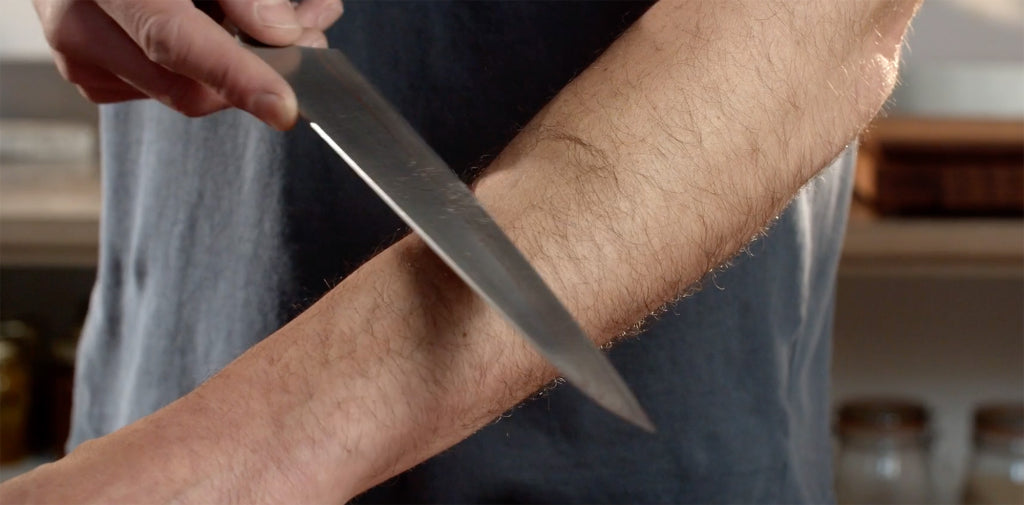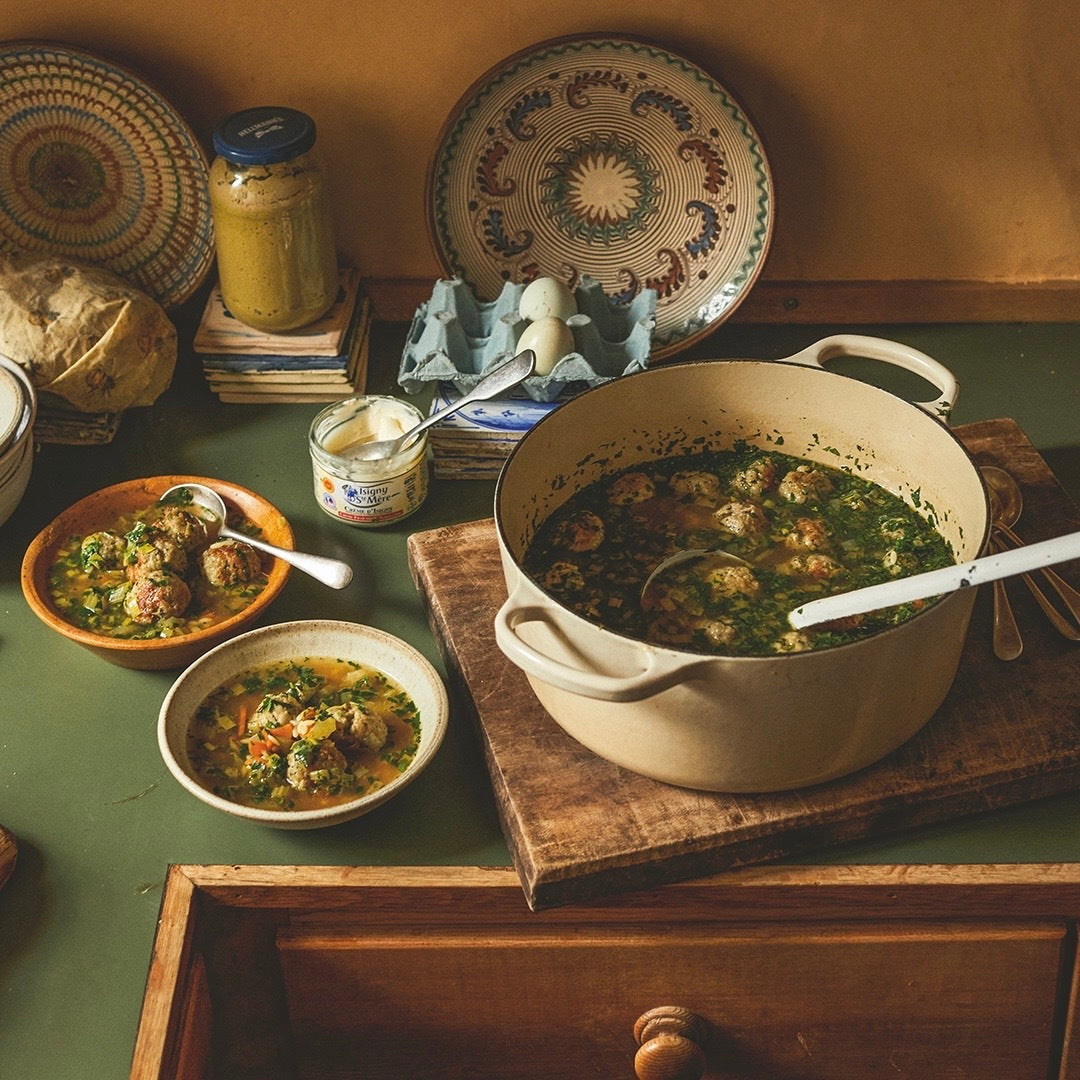This is one for the enthusiasts.
If you’ve got your confidence with sharpening and started enjoying the process, this post is for you.
A brand new TOG knife is sharpened to #3000 grit level in Seki City in Japan. The higher the grit number, the sharper the edge. This edge is absolutely perfect for general kitchen use. The abrasive particles in the stone create ‘microserrations’ which are like tiny teeth on the cutting edge. These teeth pierce into the skin of certain foods like sausage or tomato, helping to initiate the cut. So this edge can actually last longer and cut some foods better than an edge which is technically sharper.

Photo is from “Experiments on Knife Sharpening” published in 2004 by John D. Verhoven.
But you might want your knife sharper than that.
You can create a polished edge that has a mirror finish, can shave hair off your arm and is perfect for cutting sashimi – or other food where a beautiful clean cut is important.
There are two ways to achieve this:

1. POLISHING WHETSTONES
Firstly, a ‘polishing’ whetstone with a grit of #6000 or more can be used after a fine whetstone.
You shouldn't need to use too much pressure or sharpen for too long because you’re working on an extremely fine and fragile edge and you’re hardly removing any steel. You need to work for one minute or less on each side.
My second tip is that you can lift the angle by a couple of degrees to make sure you’re sharpening the very apex of the edge. During hand sharpening, the secondary bevel can get slightly rounded if you’re not totally consistent with the angle. The diagram below should explain:

Whetstones are available up to about #20k but become very expensive at this level. TOG's Belgian Blue natural stone can be used as a fine whetstone with slurry (approx. #4000 grit) but also as a polishing stone (approx. #12000) with the slurry cleaned off. So it’s like two stones in one. Read more about how the Belgian Blue whetstone works here.
2. PADDLE STROPS
The second way you can achieve this sort of finish is with a leather paddle strop. This is a strip of leather stuck down onto a wooden base. Leather is very slightly abrasive and can be used bare (for final stropping), or with an abrasive compound called a stropping paste. Stropping pastes are available at many different grit sizes, from 15 micron (#1200 grit) to 0.1 micron (#100,000 grit). We recommend metal polish which is about #8000 grit.

Use a light pressure and pull the knife edge over the strop, covering the entire length of the cutting edge and the entire length of the strop. Alternate sides so that you're following an 'X' shape. Lift the angle a couple of degrees higher than your normal sharpening angle to ensure you're stropping the very edge.

The strop also functions to remove any residual burr left after the whetstone process so is a great final phase.
Strops are quick and easy to use (like a steel or honing rod) so they can be used regularly for maintenance of a really, really, really sharp edge.
Have fun.






